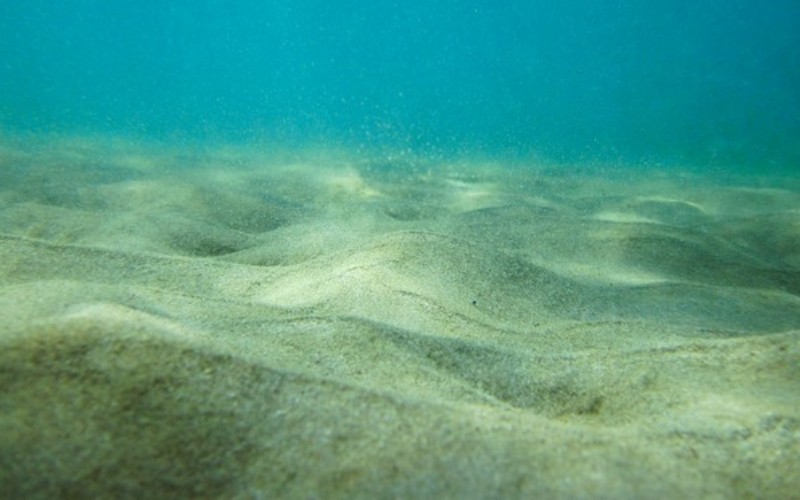Washington: According to a recent study, alterations to the ocean floor – as a result of human activity – have raised fears for the future.
The study has been published in the journal Proceedings of the National Academy of Sciences.
Normally the deep sea bottom is a chalky white. It’s composed, to a large extent, of the mineral calcite (CaCO3) formed from the skeletons and shells of many planktonic organisms and corals. The seafloor plays a crucial role in controlling the degree of ocean acidification.
The dissolution of calcite neutralizes the acidity of the CO2, and in the process prevents seawater from becoming too acidic. But these days, at least in certain hotspots such as the Northern Atlantic and the southern Oceans, the ocean’s chalky bed is becoming more of a murky brown. As a result of human activities, the level of CO2 in the water is so high, and the water is so acidic, that the calcite is simply being dissolved.
The McGill-led research team believes that what they are seeing today is only a foretaste of the way that the ocean floor will most likely be affected in future.
– Long-lasting repercussions
“Because it takes decades or even centuries for CO2 to drop down to the bottom of the ocean, almost all the CO2 created through human activity is still at the surface. But in the future, it will invade the deep-ocean, spread above the ocean floor and cause even more calcite particles at the seafloor to dissolve,” said lead author Olivier Sulpis.
“The rate at which CO2 is currently being emitted into the atmosphere is exceptionally high in Earth’s history, faster than at any period since at least the extinction of the dinosaurs. And at a much faster rate than the natural mechanisms in the ocean can deal with, so it raises worries about the levels of ocean acidification in future,” Sulpis added.
[source_without_link]ANI[/source_without_link]

